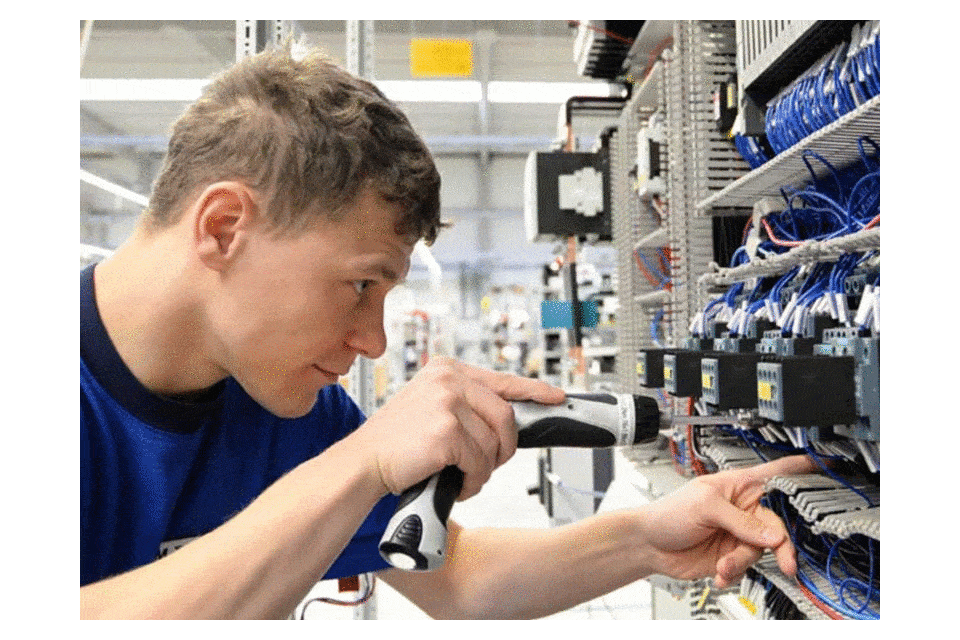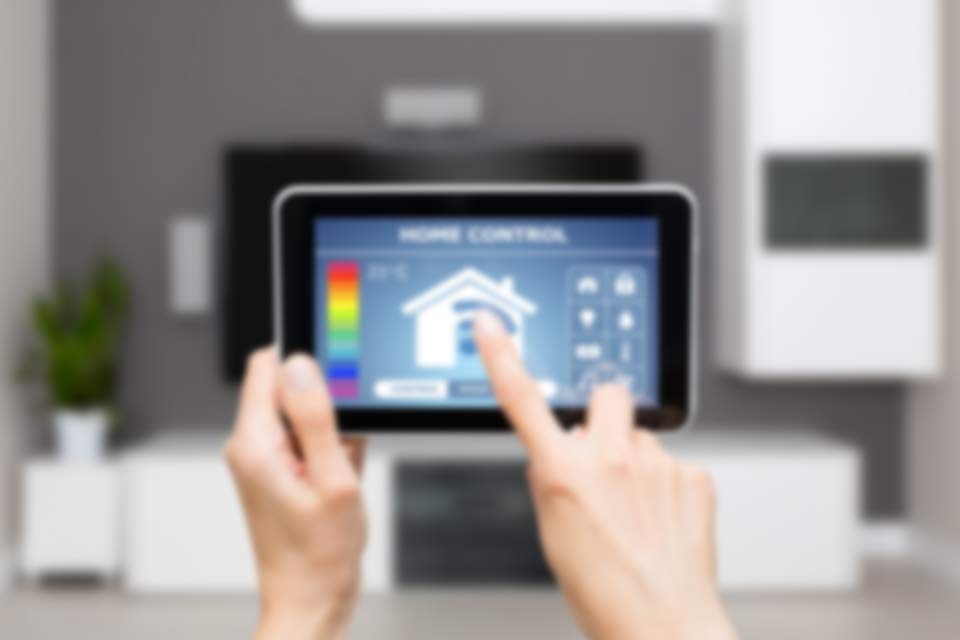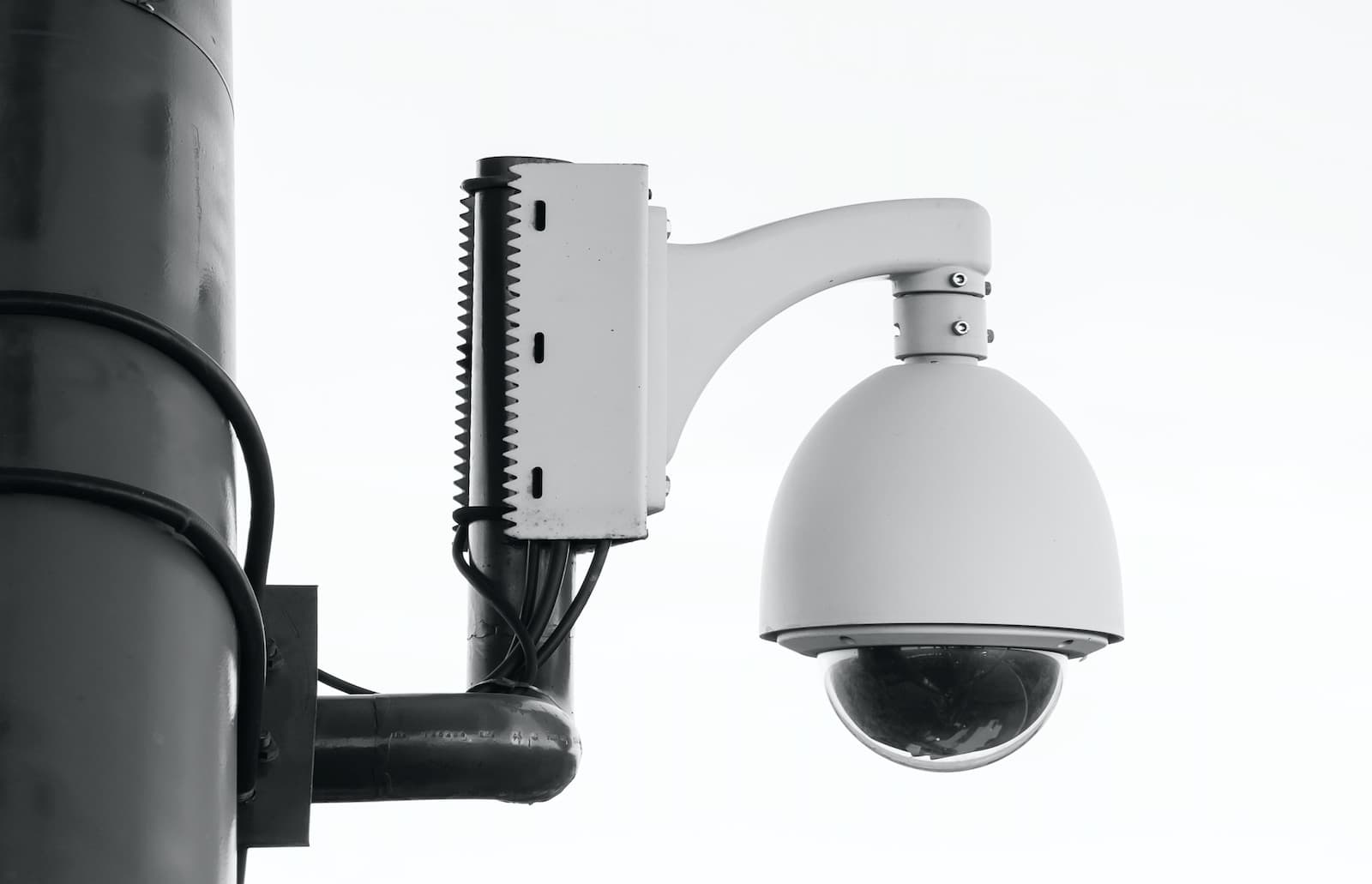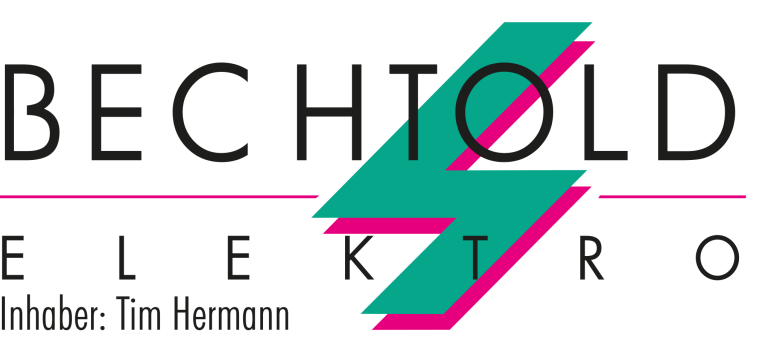Electric Bechtold
As a certified installation and testing company for electrical systems, we offer you comprehensive expertise and quality.
Electrical installations
Clean and high quality installed
Smart home
Perfectly digitally networked
Electrical testing
Tested according to VDE
Lighting concepts
We do
Your night to day
E-mobility
We make you e-mobile
Security technology
Modern technology for your safety.
Jobs
Apply now!
Welcome to your electrical specialist company in Gießen-Kleinlinden.
Our projects and references
our services

Electrical installations
In private homes, commerce, industry, public buildings and in the medical environment - e.g. electrical appliances, communication technology, satellite and antenna technology, meter cabinets, etc.

Smart home
State-of-the-art electrical engineering, integration of mobile devices for home control such as smartphones and tablets

Testing of electrical systems
Certified E-Check, tested according to VDE, DGUV-V3 test

Lighting concepts
Well-thought-out, atmospheric lighting installations for inside and outside.

Electromobility
Installation of charging systems for your home or business.

Security technology
From planning to installing state-of-the-art alarm systems and surveillance technology, we ensure that you and your loved ones are in good hands.
Our team
As a managing director, I know that the qualifications and motivation of my employees are crucial to the performance we deliver.
Master/Technician
administration
Fitters
trainee
frequently asked Questions
How often should my electrical system be checked in a private environment?
It is recommended to have your electrical system checked by a professional at least every ten years to ensure safety and functionality. For older, heavily used or commercially used systems, more frequent inspections, every 4-5 years, may be necessary and mandatory. You can also carry out a regular visual inspection yourself to identify obvious defects such as damaged cables, sockets or switches. The FI circuit breaker should also be tested regularly for functionality using the test button.
How can I optimize my electrical installation for the use of renewable energies?
What electrical installations are required to run a business?
What is a GFCI?
What is the difference between a light switch and a button?
A light switch is a switching element that turns the circuit of a light on or off depending on the switch position. A button is a switching element that closes the circuit of a light or other circuit only as long as it is pressed. A light switch is usually used where there are 1-3 switching points. A button is usually used for several switching points or in large stairwells with automatic lights off. As a rule, a button controls a power impulse switch or a relay, which then switches a lamp or another device.
What is a changeover switch?
A series switch is a switch that can switch two lights independently. For example, you can use a series switch to switch the ceiling light and a floor lamp in the living room on or off separately. A series switch has three connections: a common input (L) and two separate outputs (1 and 2) for each light. The outputs are each connected or disconnected from the input depending on how the switch is activated.
What is a series switch?
What is a cross switch?
What is a twilight switch?
Can you also connect an electric stove to a 230 volt socket?
The difference between network cable and patch cable?
“Network cable” is a generic term for all cables used to transmit data on a network. A patch cable is a special type of network cable used to connect devices on a network. For example, you can use a patch cable to connect a computer to a router or a router to a switch. A patch cable has an RJ45 plug on both ends that fits into an RJ45 socket. There are different categories of patch cables that differ in transmission rate and shielding.
What can I do with the electrical installation myself?
Who is allowed to accept the installed electrical installation?
Where can a meter cabinet be installed (arrangement and requirements)?
It may only be installed in a suitable location that meets the following requirements:
– The place must be dry, clean, easily accessible and well lit.
– The location must provide sufficient space for the meter cabinet and the required distances from other objects.
– The location must have a solid and flat wall to which the meter cabinet can be attached.
– The location must have a suitable earthing system (potential equalization) nearby to which the meter cabinet can be connected.
Today, a typical location for a meter cabinet is the basement, but they can also be found in hallways and in the attic. The location must also be agreed with the responsible network operator.
Who is allowed to connect a meter cabinet?
What is potential equalization?
What does it mean if there are still red wires in my electrical installation?
Electrical installation has a long history and so do the colors and shapes of the cables and wires. As a rule, until 1965 it was allowed to lay a red wire as a protective conductor. This later became the green-yellow wire that everyone knows today. However, you should not assume that it has always been used this way, so you should definitely consult a specialist if you want to make changes or repairs to your building and, for example, want to connect a stove or a lamp. In addition, at that time, the blue wire now known as the neutral wire was a live wire, which can quickly lead to confusion and damage to equipment. Please feel free to ask us if you come across such an installation and need professional advice.
Do I need a wallbox at home to charge my electric car?
The alternative to this is a wallbox that is connected to your nearest sub-distribution, if suitable, or to your meter cabinet with a separate line. You should definitely consult a specialist for this, as a wallbox represents a constant current load, which means that the cable network and your electrical system should be inspected and assessed. Wallboxes are also devices that require registration or approval, which your installer must report to the responsible network operator. If you have any questions about setting up a wallbox, please feel free to contact us.
